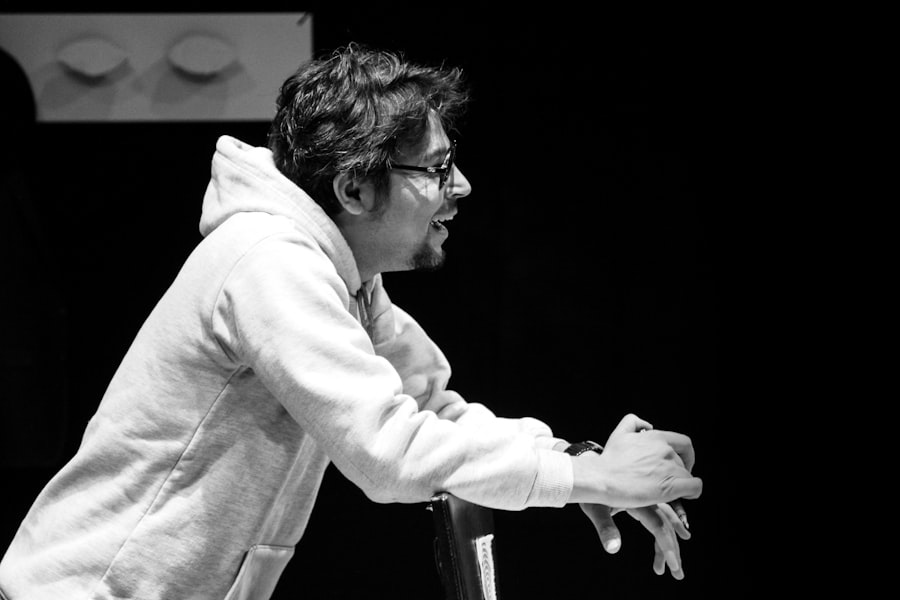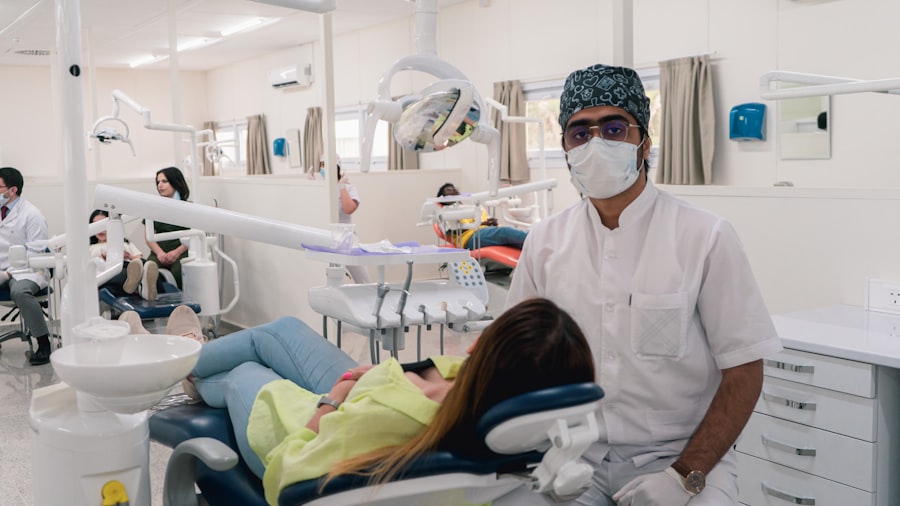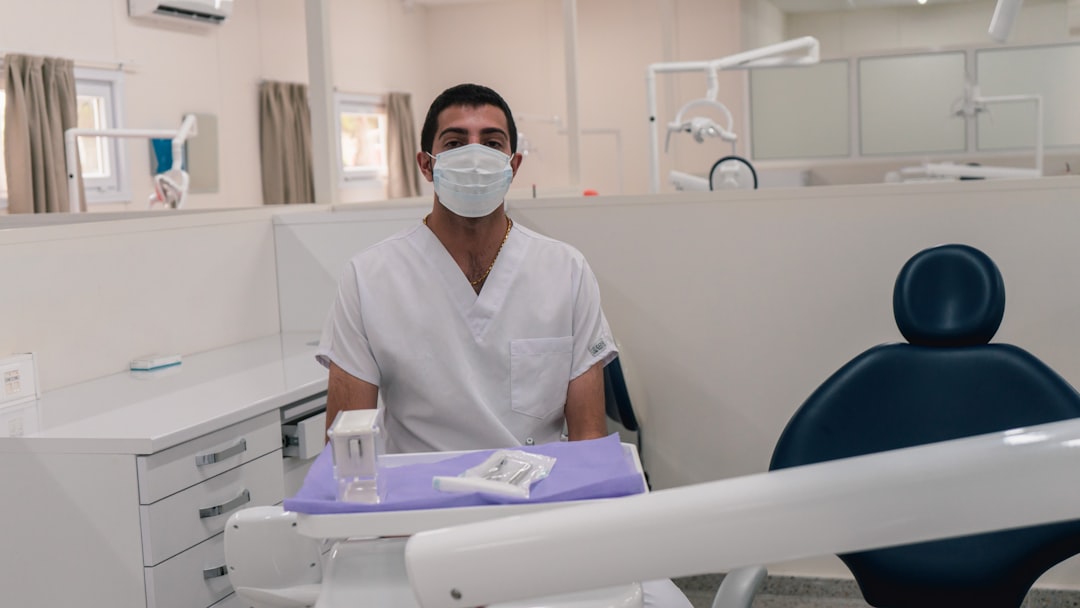Mobility aids play a crucial role in enhancing the quality of life for individuals with mobility challenges. In Norway, a country renowned for its stunning landscapes and commitment to inclusivity, the availability and use of mobility aids are integral to ensuring that everyone can participate fully in society. From crutches and wheelchairs to scooters and walking frames, these aids are designed to provide support and independence to those who need them.
The Norwegian government has made significant strides in promoting accessibility, ensuring that individuals with mobility impairments can navigate their environment with ease. The cultural attitude towards mobility aids in Norway is generally positive, with a strong emphasis on inclusivity and support for individuals with disabilities. This societal mindset is reflected in various aspects of daily life, from public infrastructure to social interactions.
As we delve deeper into the various facets of mobility aids in Norway, it becomes evident that the country not only provides the necessary tools for mobility but also fosters an environment where individuals can thrive despite their challenges. Book your 1-hour strategy session with Norway Relocation Group.
Summary
- Mobility aids are essential tools for individuals with disabilities in Norway, helping them navigate public spaces and access healthcare and rehabilitation services.
- Public spaces in Norway are becoming increasingly accessible, but there are still challenges for individuals using crutches or wheelchairs, such as navigating public transport and outdoor activities.
- Accessing healthcare and rehabilitation services is crucial for mobility aid users in Norway, and there are resources available to support them in this process.
- Finding support and resources for mobility aid users in Norway is important for overcoming challenges and stigma, and advocating for accessibility and inclusion in society.
- Embracing independence and mobility in Norway involves adapting homes for accessibility, travelling with crutches or wheelchairs, and advocating for greater accessibility and inclusion in public spaces.
Understanding the Accessibility of Public Spaces
Public spaces in Norway are increasingly designed with accessibility in mind. The government has implemented regulations that require new buildings and public areas to be accessible to all, including those who use mobility aids. This commitment is evident in the design of parks, shopping centres, and recreational facilities, which often feature ramps, wide pathways, and accessible restrooms.
The aim is to create an environment where everyone can enjoy public spaces without barriers. However, while many urban areas have made significant progress, rural regions may still present challenges. In some cases, older buildings and infrastructure may not meet modern accessibility standards.
Nevertheless, local authorities are actively working to address these issues by renovating existing structures and ensuring that new developments adhere to accessibility guidelines. This ongoing effort reflects Norway’s dedication to creating an inclusive society where all individuals can participate fully in community life.
Navigating Public Transport with Crutches or Wheelchairs

Public transport in Norway is generally well-equipped to accommodate individuals using mobility aids. Buses, trams, and trains are increasingly designed with accessibility features such as low floors, ramps, and designated spaces for wheelchairs. Many transport operators provide assistance for passengers who require help boarding or disembarking, ensuring a smoother travel experience for those with mobility challenges.
Despite these advancements, navigating public transport can still pose difficulties for some users of mobility aids. For instance, while many stations are equipped with lifts and ramps, not all are consistently maintained or operational. Additionally, during peak hours, crowded conditions can make it challenging for individuals using crutches or wheelchairs to find adequate space.
It is essential for users to plan their journeys in advance and be aware of potential obstacles they may encounter along the way.
Accessing Healthcare and Rehabilitation Services
Accessing healthcare services is a fundamental aspect of life for individuals using mobility aids. In Norway, the healthcare system is designed to be inclusive, providing a range of services tailored to meet the needs of those with disabilities. Rehabilitation services are readily available, offering physiotherapy and occupational therapy to help individuals regain strength and independence.
These services are often provided in accessible facilities equipped with the necessary tools and technology. Moreover, healthcare professionals in Norway are trained to understand the unique challenges faced by individuals using mobility aids. This training ensures that patients receive compassionate care that takes their specific needs into account.
However, there can be waiting times for certain services, which may pose a challenge for some individuals seeking immediate assistance. It is crucial for users of mobility aids to advocate for their needs within the healthcare system and seek support from local organisations if they encounter difficulties.
Finding Support and Resources for Mobility Aid Users
In Norway, numerous organisations and support groups are dedicated to assisting individuals who use mobility aids. These organisations provide valuable resources such as information on available services, peer support networks, and advocacy initiatives aimed at improving accessibility across the country. They often host events and workshops that promote awareness and understanding of mobility challenges within the community.
Additionally, online platforms have emerged as vital resources for individuals seeking information about mobility aids and related services. Social media groups and forums allow users to share experiences, tips, and advice on navigating daily life with mobility challenges. By connecting with others who face similar situations, individuals can find encouragement and practical solutions to enhance their independence.
Exploring Outdoor Activities and Nature with Mobility Aids

Norway’s breathtaking natural landscapes offer a wealth of opportunities for outdoor activities, even for those using mobility aids. Many national parks and nature reserves have made significant efforts to ensure that trails and facilities are accessible to all visitors. This includes well-maintained paths suitable for wheelchairs and crutches, as well as accessible viewpoints that allow everyone to enjoy the stunning scenery.
Outdoor organisations often organise events specifically designed for individuals with mobility challenges, such as guided nature walks or adaptive sports activities. These initiatives not only promote physical activity but also foster a sense of community among participants. Engaging with nature can be incredibly therapeutic, providing a much-needed respite from the challenges of daily life while encouraging individuals to embrace their independence.
Adapting Your Home for Accessibility
Creating an accessible home environment is essential for individuals using mobility aids. In Norway, many resources are available to assist homeowners in making necessary modifications to enhance accessibility. This may include installing ramps, widening doorways, or adding grab bars in bathrooms.
Local authorities often provide financial assistance or grants to help cover the costs of these adaptations. Moreover, there is a growing awareness of universal design principles that aim to create spaces that are functional for everyone, regardless of their physical abilities. By incorporating these principles into home design, individuals can create living spaces that promote independence while ensuring safety and comfort.
Engaging with professionals who specialise in accessible design can provide valuable insights into how best to adapt a home for mobility aid users.
Tips for Travelling with Crutches or Wheelchairs in Norway
Travelling in Norway with crutches or a wheelchair can be an enriching experience if approached with careful planning. One of the first steps is to research accessible accommodations that cater specifically to the needs of mobility aid users. Many hotels and guesthouses offer accessible rooms equipped with necessary facilities such as roll-in showers and grab bars.
When exploring cities or rural areas, it is advisable to use apps or websites that provide information on accessible attractions and routes. Additionally, public transport schedules should be checked in advance to ensure that assistance is available when needed. Engaging with local tourism offices can also yield helpful information about accessible activities and events happening during your visit.
Overcoming Challenges and Stigma
Despite the progress made towards inclusivity in Norway, individuals using mobility aids may still encounter challenges and stigma in various aspects of life. Misconceptions about disability can lead to social isolation or discrimination, making it essential for society to foster understanding and acceptance. Education plays a vital role in dispelling myths surrounding mobility impairments and promoting empathy among community members.
Individuals using mobility aids can also take proactive steps to overcome these challenges by sharing their experiences and advocating for their rights. By participating in community events or engaging in discussions about accessibility issues, they can raise awareness and encourage others to join the conversation about inclusion.
Advocating for Accessibility and Inclusion
Advocacy is a powerful tool for promoting accessibility and inclusion within society. In Norway, various organisations work tirelessly to champion the rights of individuals using mobility aids, pushing for policy changes that enhance accessibility across all sectors. These advocacy efforts often involve collaboration with government agencies, businesses, and community groups to create a more inclusive environment.
Individuals can also play a significant role in advocacy by voicing their experiences and needs within their communities. By participating in local forums or engaging with decision-makers, they can influence policies that impact accessibility in public spaces and services. Collective action can lead to meaningful change that benefits not only those using mobility aids but society as a whole.
Embracing Independence and Mobility in Norway
In conclusion, Norway stands as a beacon of hope for individuals using mobility aids, offering a supportive environment that prioritises accessibility and inclusion. From public transport systems designed with care to healthcare services tailored to individual needs, the country demonstrates a commitment to ensuring that everyone can enjoy their independence regardless of physical limitations. As we continue to advocate for greater accessibility and understanding within society, it is essential to recognise the importance of education and awareness in fostering an inclusive culture.
By embracing diversity and supporting one another, we can create a world where everyone has the opportunity to thrive—an ethos that resonates deeply within Norwegian society. For those looking to further enhance their experience in Norway while navigating its beautiful landscapes or urban environments, learning Norwegian can be incredibly beneficial. The NLS Norwegian Language School offers comprehensive courses tailored specifically for non-native speakers at all levels.
These courses not only equip learners with essential language skills but also immerse them in Norwegian culture—an invaluable asset when engaging with local communities during your journey through this stunning country. Embrace your independence by learning the language; it will undoubtedly enrich your experience as you explore all that Norway has to offer!
Speak Norwegian with confidence. Enroll in a class at the NLS Norwegian Language School now.

